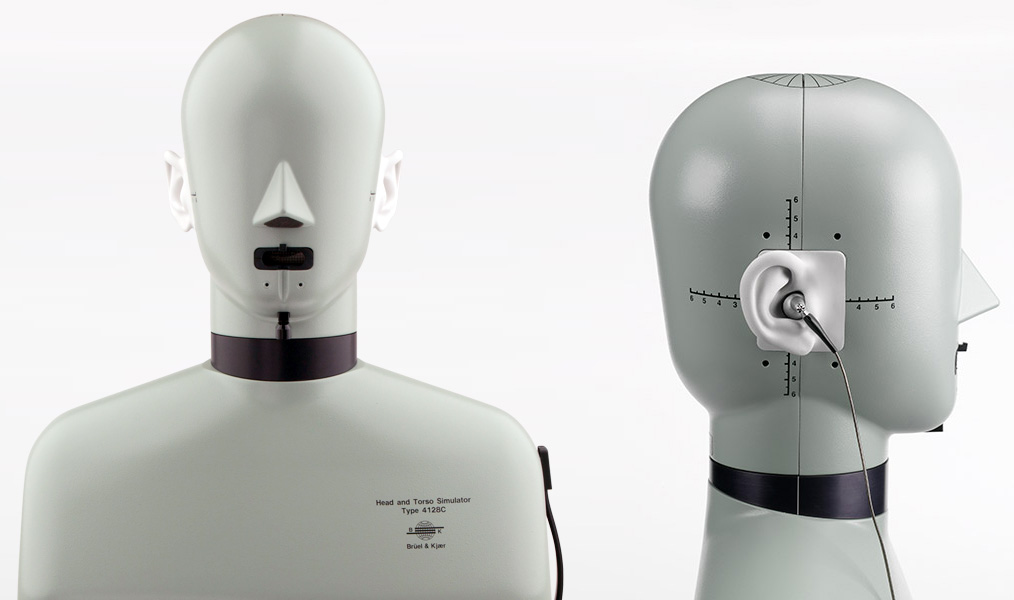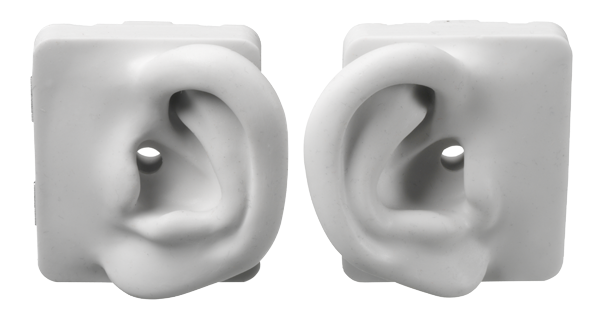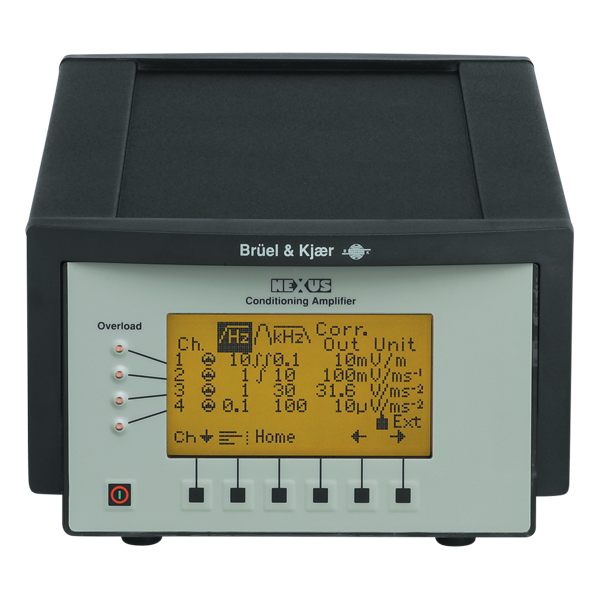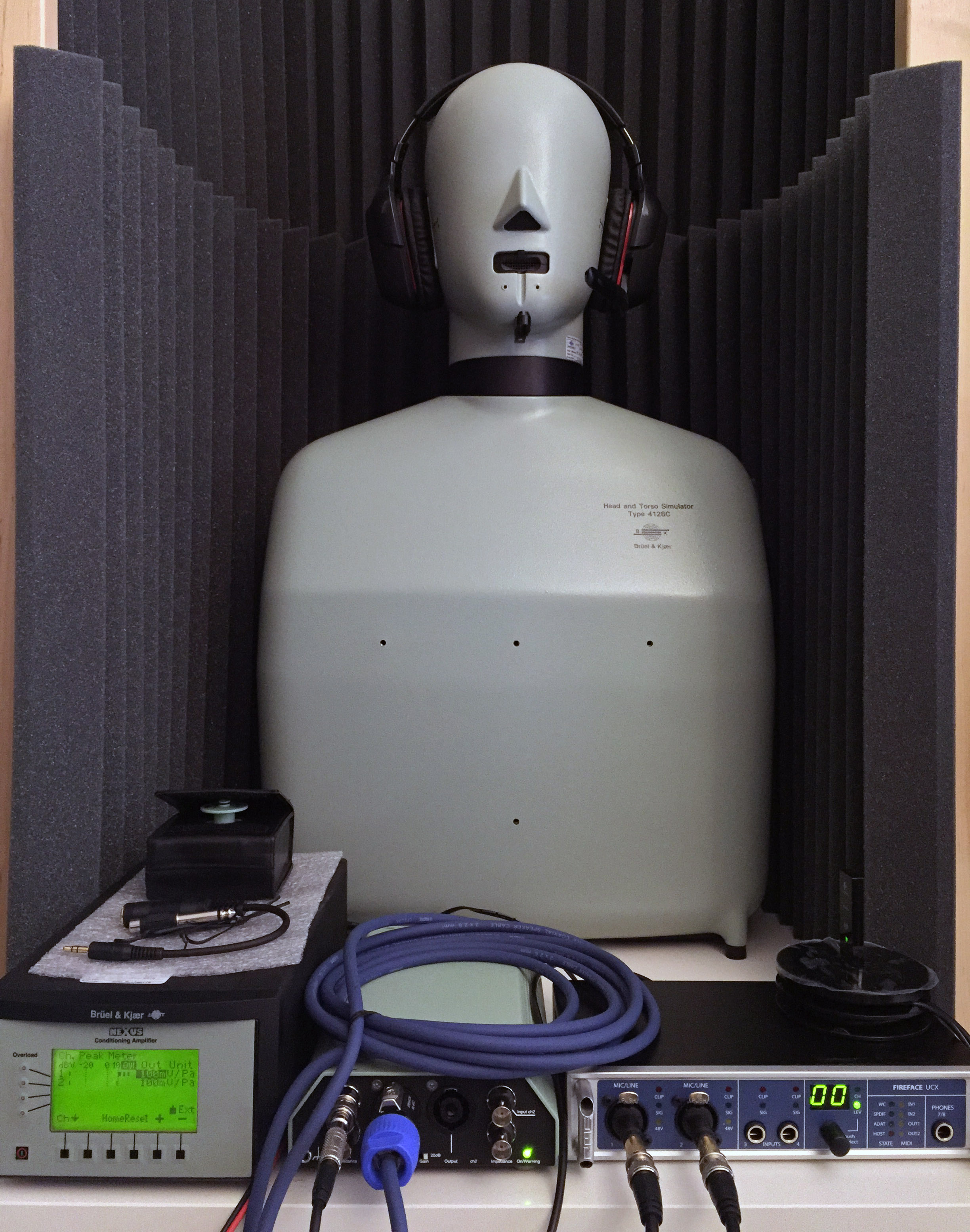How we're testing over 50 headsets and headphones
Brüel & Kjær
To properly test headphones in a quantifiable way, we're relying on Brüel & Kjær's cutting-edge head and torso simulator (HATS). Who is Brüel & Kjær? The company was founded in 1942 with the goal of developing sound- and vibration-measuring instruments.

Today, Brüel & Kjær operates all over the world and supplies measurement and testing equipment to audio, telecom, defense, automotive, and aerospace industries. Some of its customers include Boeing, NASA, SpaceX, Lockheed Martin, the US Department of Defense, Ferrari, Nissan, Bosch, and many more. The Brüel & Kjær's LDS V994 shaker was used to test NASA's Mars Curiosity rover; you don't accrue this kind of clientele by being second rate.
4128-C HEAD AND TORSO SIMULATOR
We decided to rely on Brüel & Kjær's 4128-C HATS to test all our headphones. The Brüel & Kjær HATS is the benchmark standard in testing any audio products that interface with either your ears or your mouth. The 4128-C contains built-in mouth and ear simulators that are calibrated to IEC 60318-4/ITU-T Rec. P.57 Type 3.3 specifications (PDF), mimicking established international standards on adult human heads and torsos.

The HATS comes with two anatomically correct pinnae (ears) that attach to the side of the head. The symmetrical pinnae are soft and comply with IEC and ITU-T specifications. Each ear is stamped on the inside with an expiration date as the materials decay over time.

Inside the head module are precision sensory microphones attached to a simulated ear canal. They are incredibly sensitive and can even pick up minute sounds such as micro-phonics, which are sounds produced when there are vibrations in the audio cable (analog stage).
The HATS is attached to and powered by a Brüel & Kjær Nexus Conditioning Amplifier, which powers the HATS and has calibrated pre-amplifiers for the microphones. The amplifier also has a built in battery for situations where there's no available power source.

Microsoft has a video on YouTube that shows off its anechoic chamber inside Building 87 of its Redmond campus, where a Brüel & Kjær HATS is being used for testing. It just so happens that Microsoft's anechoic chamber holds the record for being the world's quietest place, at -20.6 dBA. The human threshold sits at 0 dBA.
Keep up to date with the most important stories and the best deals, as picked by the PC Gamer team.
RME Fireface UCX
The entire HATS system is then connected to an RME Fireface UCX analog to digital interface. Brüel & Kjær prefers using the Fireface UCX for audio testing due to its locked and low latency, which is important as the latency is predictable and can be compensated for. The unit is potent, and supports sampling rates up to 192kHz at 24-bit resolution across 36 channels.


The Fireface UCX boasts excellent specifications that are suitable for duties such as measurement. Total harmonic distortion (THD) comes in at -105 dB at less than 0.0005 percent, which is quite a feat.
Ideally, you'd want to set up this entire system in an anechoic chamber to avoid environmental sound interference. However, with the software that we're using, the need for such a chamber is largely negated. The whole setup looks like this:




